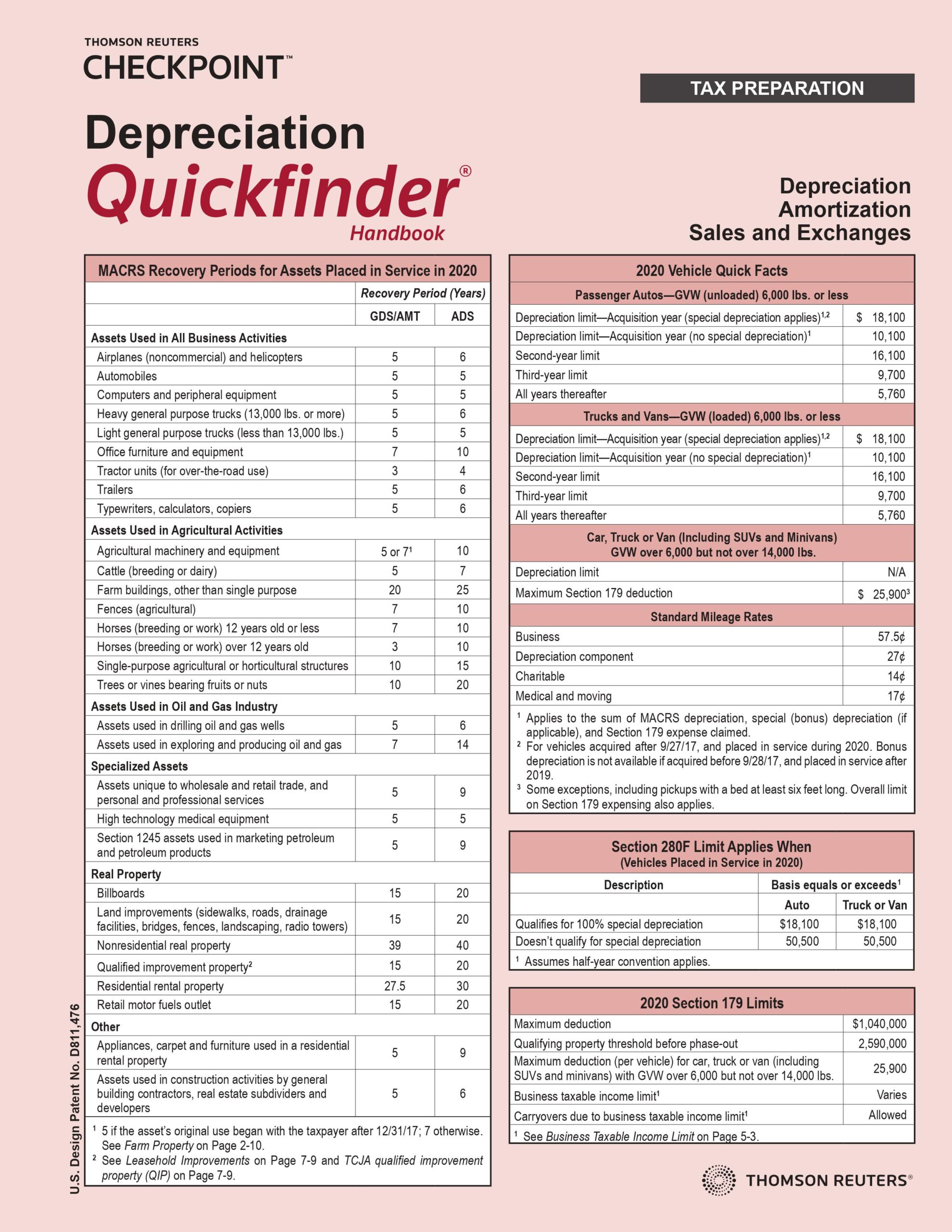Charging off asset cost on intangibles vs. tangibles.
Business clients need a lot of assets to run their company and they turn to you for help in ensuring tax compliance and to mitigate their tax liabilities when acquiring property. Enter amortization and depreciation.
Whether it is a tangible asset or an intangible asset, there are likely deduction opportunities, and helping clients understand the complexities of both amortization and depreciation further strengthens your role as their trusted advisor.
Jump to ↓
| What is the difference between amortization and depreciation? |
| What is the difference between amortization and capitalization? |
| Amortization expense vs. depreciation expense |
| Benefits of amortization and depreciation |
| Managing tangible and intangible assets |
What is the difference between amortization and depreciation?
Amortization and depreciation are both methods to charge off an asset’s cost over a period of time; however, there are notable differences between the two techniques.
One of the biggest differences is that amortization expenses non-physical assets, better known as intangible assets, while depreciation expenses physical assets, also known as tangible assets, over their useful life.
Intangible assets are non-physical assets like lease agreements, trademarks, copyrights, and patents.
Tangible assets are physical assets like inventory, manufacturing equipment, and business vehicles.
There are additional differences that should be noted. These include:
- The straight-line method is the method most commonly used to calculate amortization, which uniformly reduces an asset’s value each year until the asset’s useful life is exhausted. On the other hand, it is more common to use accelerated depreciation, such as the double declining balance method or sum-of-the-years’ digits (SYD) method, when calculating depreciation. This means that depreciation will be recognized during earlier reporting periods versus later reporting periods.
- Since an intangible asset likely won’t have any resale value at the end of its useful life, the calculation for amortization usually doesn’t incorporate a salvage value. A tangible asset, however, typically has some resale value at the end of its useful life. Therefore, calculating depreciation usually factors in the salvage value.
- Intangible assets must generally be amortized over a 15-year period. However, physical or tangible assets may have a much shorter useful life.
Is depreciation the same as amortization on the income statement?
Yes. Despite the differences between amortization and depreciation, on the income statement, both techniques are recorded as expenses.
What is the difference between amortization and capitalization?
Capitalization, which is used to reflect the long-term value of an asset, is the process of recording an expense as an asset on the balance sheet versus as an expense on the income statement.
While capitalization increases assets and equity, amortization is reflected as an expense on the income statement and reduces net income.
Amortization expense vs. depreciation expense
The writing off of an intangible asset over its useful life is known as amortization expense, and the amount of an amortization expense write-off usually appears in the “depreciation and amortization” line item of the income statement.
The accounting for amortization expense is summarized as follows: a debit to the amortization expense account and a credit to the accumulated amortization account.
Typically, the accumulated amortization account is reflected on the balance sheet as a contra account (which offsets the balance in a related account) and is tied with the intangible assets line item.
The same concept applies for depreciation expense, which is a portion of a fixed asset that has been considered consumed in the current period and is then charged as a non-cash expense.
An entry is made to the depreciation expense account, offsetting the credit to the accumulated depreciation account. The accumulated depreciation account, which offsets the fixed assets account, is considered a contra asset account.
As part of the year-end closing, the balance in the depreciation expense account, which increases throughout the client’s fiscal year, is zeroed out. During the next fiscal year, depreciation charges are once again housed in the account.
Benefits of amortization and depreciation
Given that amortization and depreciation are both deductible from taxes as business expenses, they can prove very beneficial for business clients. They can be especially beneficial for smaller businesses that are operating with limited budgets.
One of the key benefits of amortization is that as long as the asset is in use, it can be deducted from a client’s tax burden in the current tax year. And, should a client expect their income to be higher in future years, they can use amortization to reduce taxes in those years when they hit a higher tax bracket.
Depreciating assets enables companies to reduce their tax burden. And, since they are not able to expense an asset in one single period, depreciating the value of the asset over its useful life and charging it as an expense helps companies better match asset uses with the benefits it provides. It also helps with asset valuation, enabling clients to more accurately report an asset at its net book value.
To claim depreciation and amortization deductions, Form 4562 must be filed with the client’s annual tax return.
Managing tangible and intangible assets
Running a business is no small feat and companies need both tangible and intangible assets to operate and drive profitability. However, being able to properly manage the costs and navigate the tax complexities can be challenging. As a trusted advisor, your clients value your expertise.
Thomson Reuters provides expert guidance on amortization and other cost recovery issues that accountants need to better serve clients and help them make more tax-efficient decisions.
Looking for a comprehensive fixed asset and depreciation accounting software? Thomson Reuters Fixed Assets CS has the tools to help firms meet all of a client’s asset management needs.

Depreciation accounting software
Fixed Assets CS calculates an unlimited number of treatments — with access to any depreciation rules a professional might need for accurate depreciation.
Learn more ↗









